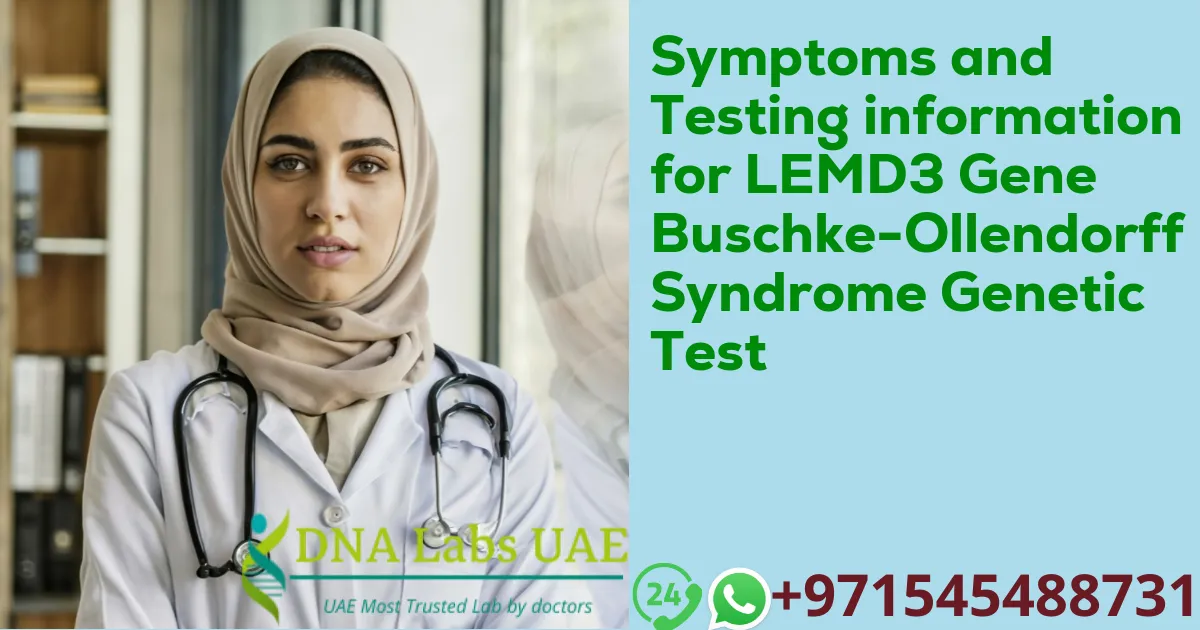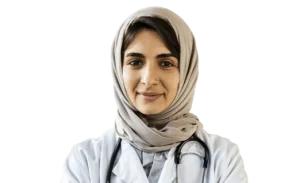Buschke-Ollendorff syndrome (BOS) is a rare genetic disorder that is characterized by the presence of connective tissue nevi and osteopoikilosis. The condition is caused by mutations in the LEMD3 gene, which plays a crucial role in the regulation of bone and connective tissue development. Individuals with Buschke-Ollendorff syndrome may experience a variety of symptoms, ranging from skin lesions to bone abnormalities. Understanding these symptoms is essential for early diagnosis and management of the condition.
Symptoms of Buschke-Ollendorff Syndrome
The symptoms of Buschke-Ollendorff syndrome can vary significantly among affected individuals. Some of the most common symptoms include:
- Connective Tissue Nevi: These are benign skin lesions that appear as yellowish or flesh-colored nodules. They are most commonly found on the trunk, arms, and legs.
- Osteopoikilosis: This refers to a condition where there are multiple small, round bone densities seen on X-rays, usually in the pelvis, hands, and feet. These bone spots are typically asymptomatic.
- Joint Pain: Some individuals may experience joint pain, which can vary in severity.
- Skeletal Abnormalities: In addition to osteopoikilosis, individuals with BOS may have other skeletal abnormalities such as scoliosis (curvature of the spine) or hip dysplasia.
- Elastomas: These are elastic tissue nevi that appear as soft, skin-colored papules, primarily on the neck and upper trunk.
Diagnosing Buschke-Ollendorff Syndrome
Diagnosis of Buschke-Ollendorff syndrome is primarily based on the clinical presentation and family history. Genetic testing for mutations in the LEMD3 gene can confirm the diagnosis. The LEMD3 Gene Buschke-Ollendorff Syndrome Genetic Test is a specialized test that analyzes the LEMD3 gene for mutations known to cause the condition. This test is essential for individuals who exhibit symptoms of BOS or have a family history of the disorder.
Test Cost
The cost of the LEMD3 Gene Buschke-Ollendorff Syndrome Genetic Test is 4400 AED. This test is a valuable tool for the accurate diagnosis of BOS, enabling affected individuals to receive appropriate management and treatment.
Conclusion
Buschke-Ollendorff syndrome is a rare genetic condition that can affect both the skin and bones. While the symptoms can vary widely among individuals, early diagnosis through clinical assessment and genetic testing can help manage the condition effectively. The LEMD3 Gene Buschke-Ollendorff Syndrome Genetic Test, available for 4400 AED, is a crucial step in confirming the diagnosis and guiding treatment strategies. For more information about this test and to schedule an appointment, please visit DNA Labs UAE.



